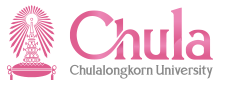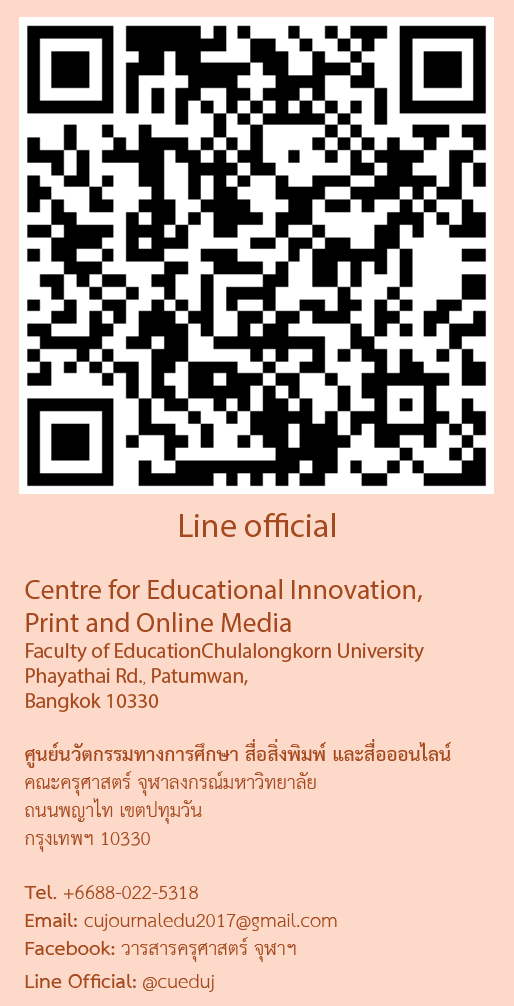Abstract
The objectives of this research were to: 1) Study the needs of students, agriculture teaching specialists, media and educational technology experts regarding their problems and needs for learning and teaching agriculture; and 2) Design a Virtual Community Learning Centre (VCLC) model under the philosophy of a sufficiency economy. The samples consisted of 400 undergraduate students studying at agriculture institutes, and questionnaires were used to collect data. Semi-structured interviews from nine agriculture specialists, and five lecturers in teaching media and technology were also used as research tools. The descriptive statistics, including frequency, percentage and mean, were used to analyse the data. The results indicated problems which impeded student learning which were primarily due to inadequate learning media (55.8%). The most basic of proficiencies that students needed to develop were knowledge of agriculture and problem-solving skills, at 74.3% and 68.8%, respectively. The most significant teaching and learning obstacle experienced by most lecturers was identified as an excessive workload which adversely limited their time and opportunity for self-development. The VCLC model evaluated from the students’ questionnaires, together with the previously-described semi-structured interviews to create the model, consisted of five key elements, namely: People, technology, learning resources, activity/learning process and evaluation, while the learning activity consisted of four phases: Preparation of learners, pre-tests, learning activities and evaluation. This designed model could lead the way to the future development of learning tools and activities for the VCLC.
Publisher
Faculty of Education, Chulalongkorn University
DOI
10.58837/CHULA.EDUCU.48.4.2
First Page
20
Last Page
40
Recommended Citation
Sakoolrat, Kasamesant; Khlaisang, Jintavee; and Na-Songkhla, Jaitip
(2020)
"Virtual Community Learning Center Based on the Philosophy of Sufficiency Economy with Case Based Learning to Enhance Problem Solving Ability of Undergraduate Students,"
Journal of Education Studies: Vol. 48:
Iss.
4, Article 2.
DOI: 10.58837/CHULA.EDUCU.48.4.2
Available at:
https://digital.car.chula.ac.th/educujournal/vol48/iss4/2


